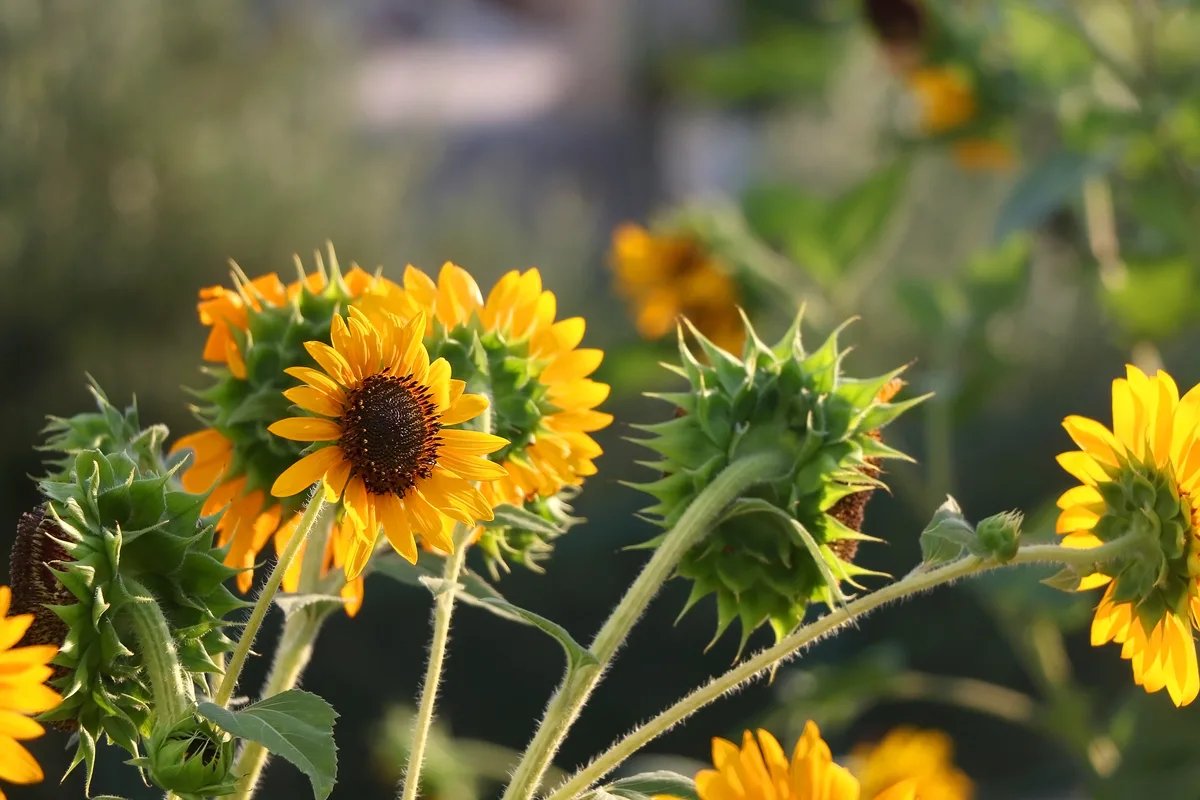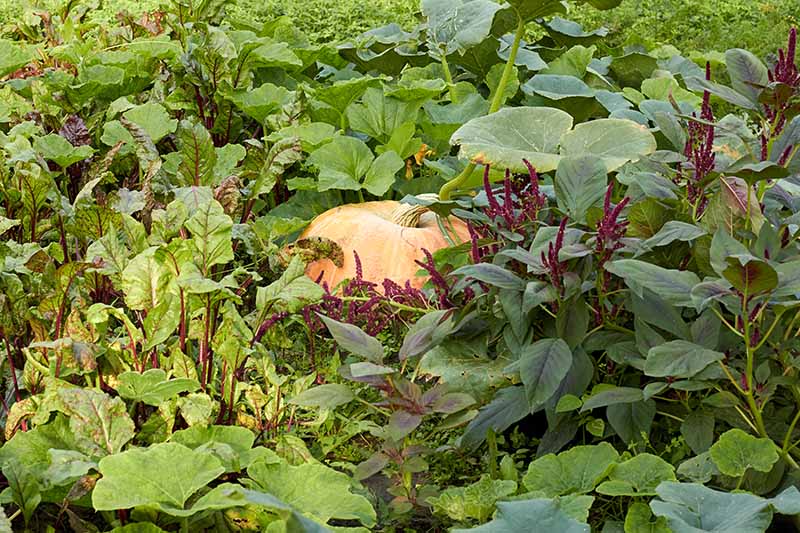The Ultimate Guide To Companion Planting With Sunflowers
The Ultimate Guide to Companion Planting with Sunflowers
Sunflowers are a beautiful and versatile flower that can be grown in a variety of settings. They are also a great choice for companion planting, as they can benefit from the presence of other plants in a number of ways.
In this guide, we will discuss the benefits of companion planting with sunflowers, as well as some of the best plants to pair with them. We will also provide some tips on how to plant and care for your sunflowers so that they can thrive in their new home.
Benefits of Companion Planting with Sunflowers
There are many benefits to companion planting with sunflowers. Some of the most common benefits include:
- Attracting pollinators: Sunflowers are a magnet for pollinators, such as bees and butterflies. These pollinators are essential for a healthy garden, as they help to pollinate plants and ensure that they produce fruit.
- Distracting pests: Sunflowers can also help to distract pests away from other plants in your garden. For example, marigolds are a common companion plant for sunflowers because they repel aphids.
- Providing shade: Tall sunflowers can provide shade for smaller plants, which can help to protect them from the hot sun. This is especially beneficial for plants that prefer cooler conditions, such as lettuce and spinach.
- Improving soil quality: Sunflowers are nitrogen-fixing plants, which means that they can help to improve the nitrogen content of the soil. This can benefit other plants in the garden, as nitrogen is an important nutrient for plant growth.
Best Plants to Companion Plant with Sunflowers
There are many different plants that can be companion planted with sunflowers. Some of the most popular choices include:
- Marigolds: Marigolds are a classic companion plant for sunflowers. They help to repel aphids, which are a common pest for sunflowers.
- Nasturtiums: Nasturtiums are another good choice for companion planting with sunflowers. They help to attract pollinators and repel pests.
- Cucumbers: Cucumbers can benefit from the shade provided by sunflowers. They also help to suppress weeds.
- Pumpkins: Pumpkins and sunflowers can be planted together in a "three sisters" planting system. This traditional Native American planting method helps to improve the soil and attract beneficial insects.
- Lettuce: Lettuce can benefit from the shade provided by sunflowers. It also helps to suppress weeds.
Planting and Care Tips
When planting sunflowers, it is important to choose a location that receives full sun. Sunflowers need at least six hours of sunlight per day in order to thrive. They also prefer well-drained soil that is rich in organic matter.
When planting sunflower seeds, space them about 6 inches apart. If you are planting sunflowers in rows, leave at least 2 feet of space between rows.
Sunflowers are relatively low-maintenance plants. However, they do need regular watering, especially during hot, dry weather. You should also fertilize sunflowers every few weeks with a balanced fertilizer.
With proper care, sunflowers will grow tall and produce beautiful flowers. They are a great addition to any garden and can provide you with years of enjoyment.
Sunflowers are a beautiful and popular flower, but did you know that they can also benefit other plants in your garden? Companion planting is the practice of planting certain plants together for their mutual benefit. Some of the best companion plants for sunflowers include:
- Crimson clover: This nitrogen-fixing legume helps to improve the soil quality around sunflowers.
- Pumpkins: The large leaves of pumpkins provide shade for sunflowers, while the sunflowers help to attract pollinators for the pumpkins.
- Squash: Like pumpkins, squash can provide shade for sunflowers. They also help to suppress weeds.
- Corn: Corn provides support for sunflowers, while the sunflowers help to attract pollinators for the corn.
- Lettuce: Lettuce enjoys some shade, especially in the heat of summer. Planting it under sunflowers can help to keep the lettuce cool and prevent it from bolting.
For more information about companion plants for sunflowers, you can visit Gardenia Inspiration. This website has a comprehensive list of companion plants, as well as information on how to plant and care for sunflowers.
Image of companion plants to sunflowers
- Nasturtiums: Nasturtiums are a great companion plant for sunflowers because they attract beneficial insects, such as ladybugs and hoverflies, which help to control pests. They also help to suppress weeds and improve the soil.

- Cucumbers: Cucumbers and sunflowers are both tall plants, so they can help to shade each other from the sun. Cucumbers also benefit from the nitrogen that sunflowers release into the soil.

- Peas: Peas are nitrogen-fixing plants, which means they can help to improve the nitrogen content of the soil for sunflowers. They also help to suppress weeds and attract beneficial insects.

- Pumpkins: Pumpkins and sunflowers can be planted together in a staggered pattern, with the pumpkins planted in front of the sunflowers. This helps to prevent the pumpkins from shading out the sunflowers.

- Spinach: Spinach is a cool-season crop that can be planted in the same bed as sunflowers after the sunflowers have started to grow. Spinach helps to suppress weeds and improves the soil.

Post a Comment for "The Ultimate Guide To Companion Planting With Sunflowers"